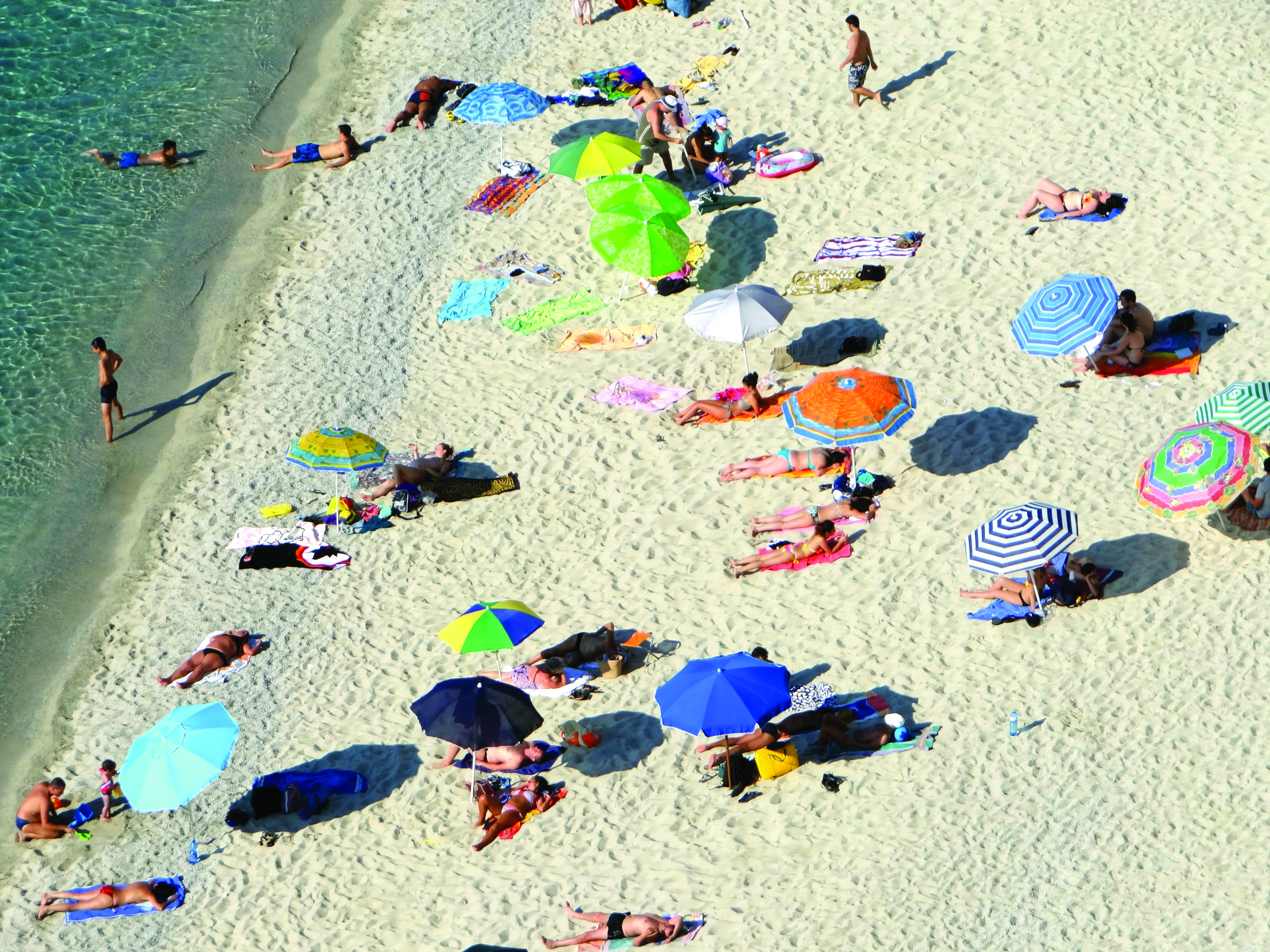Protect Your Family This Summer From The Dangers of the Sun
By Total Health and Skin Center – Holly Springs

We all know how great it feels to be outdoors and active during the spring and summer months. It provides your body with benefits such as Vitamin D, increased serotonin levels, and decreased stress and anxiety. But did you know that too much sun exposure can be harmful to your health? Skin cancer is the most common type of cancer, probably making up more than half of all diagnosed cases of cancer, according to the American Cancer Society (ACS). And, skin cancer is dramatically on the rise in the United States. According to the American Academy of Dermatology (AAD), melanoma is the deadliest type of skin cancer, accounting for more than 75 percent of all deaths from skin cancer, about 8,700 last year alone!
Education is the first line of defense in fighting the harmful effects of the sun. The sunlight we see contains invisible rays, known as Ultra Violet (UV) rays. There are 2 types of UV rays our skin is exposed to on a daily basis- UVA, and UVB. UVA rays cause skin aging and wrinkling and contribute to skin cancer, such as melanoma. Because UVA rays pass effortlessly through the ozone layer (the protective layer of atmosphere, or shield, surrounding the earth), they make up the majority of our sun exposure. UVB rays are also dangerous, causing sunburns, cataracts (clouding of the eye lens), and effects on the immune system. They also contribute to skin cancer. Melanoma, the most dangerous form of skin cancer, is thought to be associated with severe UVB sunburns that occur before the age of 20. Most UVB rays are absorbed by the ozone layer, but enough of these rays pass through to cause serious damage. Also, not all sunlight is “equal” in UV concentration. The intensity of the sun’s rays depends upon the time of year, as well as the altitude and latitude of your location. UV rays are strongest during summer. Remember that the timing of this season varies by location; if you travel to a foreign country during its summer season, you’ll need to pack or buy the strongest sun protection you can find.
A – Apply Sunscreen
Consistently, every day. Look for SPF numbers on the labels of sunscreens. Select an SPF of 30 or higher to prevent sunburn and tanning, both of which are signs of skin damage. Choose a sunscreen that protects against UVA and UVB rays (usually labeled as a “broad-spectrum” sunscreen).
Apply sunscreen whenever you or your kids will be in the sun. For best results, apply it about 15 to 30 minutes before kids go outside.
Don’t forget about ears, hands, feet, shoulders, and behind the neck. Lift up bathing suit straps and apply sunscreen underneath them (in case the straps shift as a child moves). Protect lips with an SPF 30 lip balm.
Apply sunscreen generously — dermatologists recommend using 1 ounce (enough to fill a shot glass) to cover the exposed areas of the body.
Reapply sunscreen often, about every 2 hours. Reapply after you or your child has been sweating or swimming.
Apply a water-resistant sunscreen if you and your kids will be around water or swimming. Water reflects and intensifies the sun’s rays, so everyone needs protection that lasts. Water-resistant sunscreens may last up to 80 minutes in the water, and some are also sweat-resistant. But regardless of the water-resistant label, be sure to reapply sunscreen when you and the kids come out of the water or at least every 90 minutes to protect their skin from sunburn.
C – Cover Up
One of the best ways to protect your family from the sun is to cover up and shield skin from UV rays. Be sure that clothes will screen out harmful UV rays by placing your hand inside the garments and making sure you can’t see it through them. For all-day outdoor affairs, bring along a wide umbrella or a pop-up tent to play in. If it’s not too hot outside and won’t make kids even more uncomfortable, have them wear light long-sleeved shirts and/or long pants. Before heading to the beach or park, call ahead to find out if certain areas offer rentals of umbrellas, tents, and other sun-protective gear.
M – Medications
Check your medications. Some medications increase the skin’s sensitivity to UV rays. As a result, even kids with skin that tends not to burn easily can develop a severe sunburn in just minutes when taking certain medications.
E – Eyewear
Sun exposure damages the eyes as well as the skin. Even one day in the sun can result in a burned cornea (the outermost, clear membrane layer of the eye). Cumulative exposure can lead to cataracts (clouding of the eye lens, which leads to blurred vision) later in life. The best way to protect eyes is to wear sunglasses.
Lastly, and one of the very best things you can do for your health- go get a yearly skin exam.
With early detection, melanoma is highly curable. “The average five-year survival rate for individuals whose melanoma is detected and treated before it spreads to the lymph nodes is 98 percent,” cites the AAD. They also say that there is a direct correlation between the thickness of the melanoma and survival rate. If you’ve been putting off your annual skin exam, don’t. Also, be sure to examine your own skin for abnormalities, preferably once a month. If you find anything suspicious, make an appointment with your health care professional. Skin cancer is more common in men, so be sure to encourage the men in your life to get screenings as well.
Preventative screenings save lives. Schedule yours today. You’ll be glad you did.
In Good Health,
Total Health and Skin Center